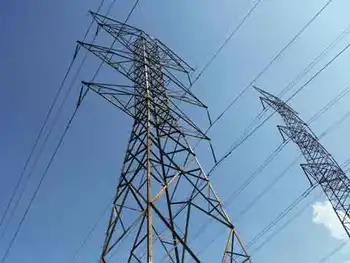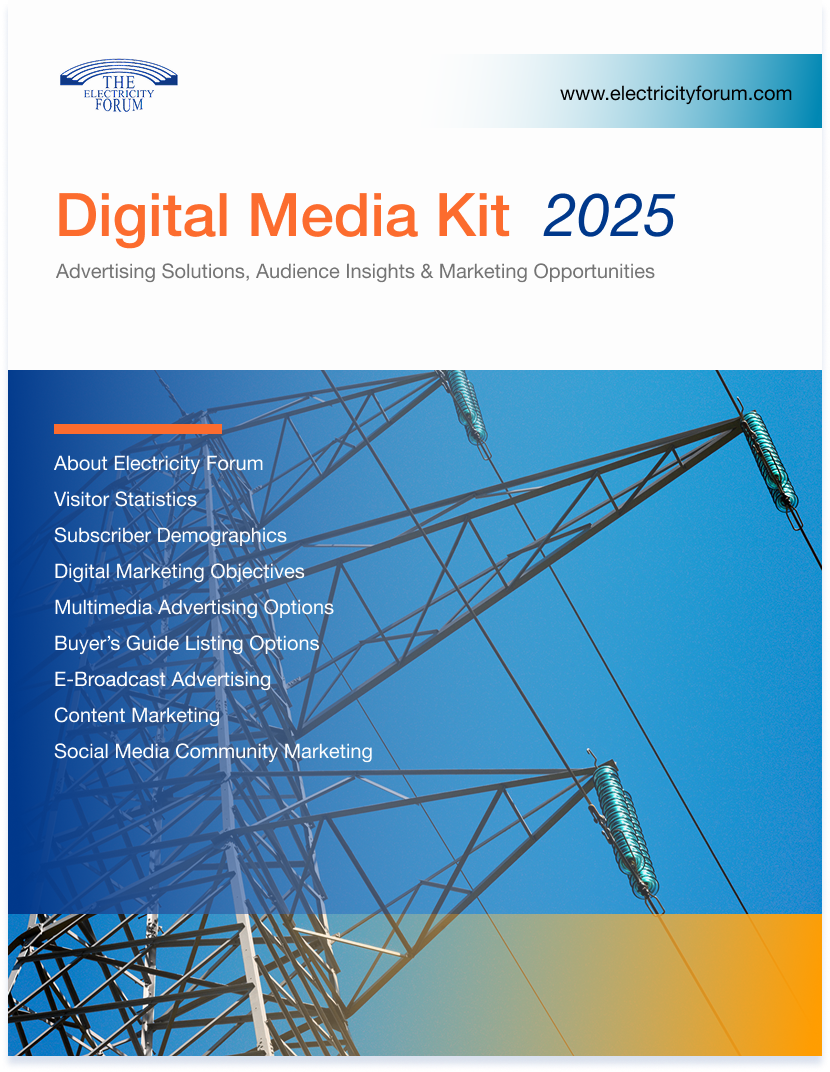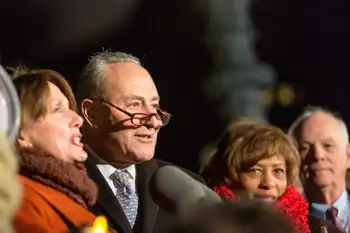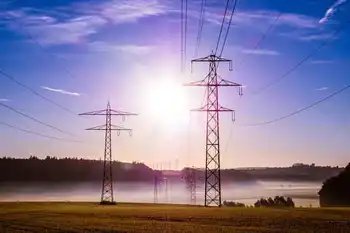Two-thirds of the U.S. is at risk of power outages this summer

Arc Flash Training - CSA Z462 Electrical Safety
Our customized live online or in‑person group training can be delivered to your staff at your location.

- Live Online
- 6 hours Instructor-led
- Group Training Available
Home Energy Independence reduces electricity costs and outage risks with solar panels, EV charging, battery storage, net metering, and smart inverters, helping homeowners offset tiered rates and improve grid resilience and reliability.
Key Points
Home Energy Independence pairs solar, batteries, and smart EV charging to lower bills and keep power on during outages.
✅ Offset rising electricity rates via solar and net metering
✅ Add battery storage for backup power and peak shaving
✅ Optimize EV charging to avoid tiered rate penalties
The Department of Energy recently warned that two-thirds of the U.S. is at risk of losing power this summer. It’s an increasingly common refrain: Homeowners want to be less reliant on the aging power grid and don’t want to be at the mercy of electric utilities due to rising energy costs and dwindling faith in the power grid’s reliability.
And it makes sense. While the inflated price of eggs and butter made headlines earlier this year, electricity prices quietly increased at twice the rate of overall inflation in 2022, even as studies indicate renewables aren’t making power more expensive overall, and homeowners have taken notice. In fact, according to Aurora Solar’s Industry Snapshot, 62% expect energy prices will continue to rise.
Homeowners aren’t just frustrated that electricity is pricey when they need it, they’re also worried it won’t be available at all when they feel the most vulnerable. Nearly half (48%) of homeowners are concerned about power outages stemming from weather events, or grid imbalances from excess solar in some regions, followed closely by outages due to cyberattacks on the power grid.
These concerns around reliability and cost are creating a deep lack of confidence in the power grid. Yet, despite these growing concerns, homeowners are increasingly using electricity to displace other fuel sources.
The electrification of everything
From electric heat pumps to electric stoves and clothes dryers, homeowners are accelerating the electrification of their homes. Perhaps the most exciting example is electric vehicle (EV) adoption and the need for home charging. With major vehicle makers committing to ambitious electric vehicle targets and even going all-electric in the future, EVs are primed to make an even bigger splash in the years to come.
The by-product of this electrification movement is, of course, higher electric bills because of increased consumption. Homeowners also risk paying more for every unit of energy they use if they’re part of a tiered pricing utility structure, where energy-insecure households often pay 27% more on electricity because customers are charged different rates based on the total amount of energy they use. Many new electric vehicle owners don’t realize this until they are deep into purchasing their new vehicle, or even when they open that first electric bill after the car is in their driveway.
Sure, this electrification movement can feel counterintuitive given the power grid concerns. But it’s actually the first step toward energy independence, and emerging models like peer-to-peer energy sharing could amplify that over time.
Balancing conflicting movements
The fact is that electrification is moving forward quickly, even among homeowners who are concerned about electricity prices and power grid reliability, and about why the grid isn’t yet 100% renewable in the U.S. This has the potential to lead to even more discontent with electric utilities and growing anxiety over access to electricity in extreme situations. There is a third trend, though, that can help reconcile these two conflicting movements: the growth of solar.
The popularity of solar is likely higher than you think: Nearly 77% of homeowners either have solar panels on their homes or are interested in purchasing solar. The Aurora Solar Industry Snapshot report also showed a nearly 40% year-over-year increase in residential solar projects across the U.S. in 2022, as the country moves toward 30% power from wind and solar overall, aligning with the Solar Energy Industries Association’s (SEIA) Solar Market Insight Report, which found, “Residential solar had a record year [in 2022] with nearly 6 GWdc of installations, representing 40% growth over 2021.”
It makes sense that finding ways to tamp down—even eliminate—growing bills caused by the electrification of homes is accelerating interest in solar, as more households weigh whether residential solar is worth it for their budgets, and residential solar installers are seeing this firsthand. The link between EVs and solar is a great proof point: Almost 80% of solar professionals said EV adoption often drives new interest in solar.











